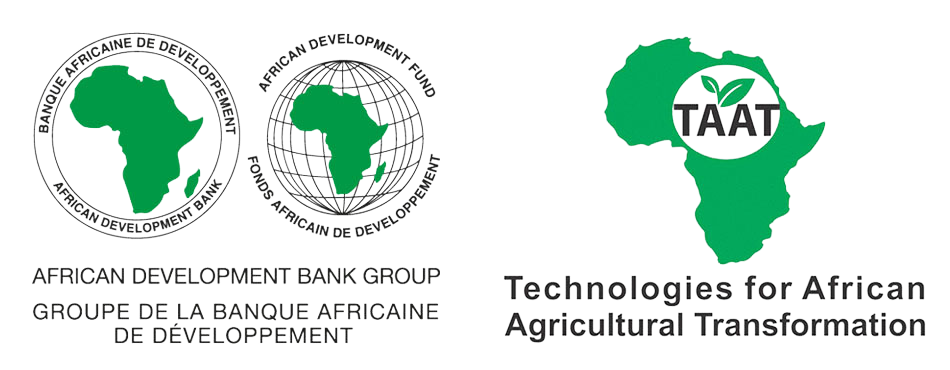

Balanced Protection for Sustainable Harvests
IPM in wheat uses biological and cultural methods, including the release of beneficial organisms to control pests either gradually (inoculative) or immediately (inundative) during outbreaks. Techniques like altering planting times, rotating crops with rice and legumes, increasing crop density, and mass trapping with pheromones effectively manage aphids, whiteflies, thrips, and weeds while minimizing chemical inputs.
This technology is TAAT1 validated.
Reduction in beetle damage
Rust infestation reduction
Profit generated by IPM
Open source / open access
Implementing Integrated Pest Management (IPM) in wheat production significantly contributes to sustainability by minimizing chemical pesticide usage and promoting biodiversity conservation, thereby enhancing ecosystem health and resilience. This approach not only boosts crop productivity and ensures food security but also mitigates health risks associated with pesticide exposure.
For the cost structure, consider the following:
Training is crucial for proper implementation, as it ensures effective use of strategies. Collaboration with local agricultural extension services, development institutions, and agro-input suppliers is essential for providing necessary support and resources.
Lastly, estimating the economic benefits of IPM adoption is vital for assessing its profitability and encouraging widespread implementation among wheat producers.
Adults 18 and over: Positive high
This technology can lead to higher income and food security, fostering economic stability.
Others: Positive medium
Stakeholders such as consumers and environmentalists benefit from IPM through increased food safety and environmental protection, leading to a healthier ecosystem.
The poor: Positive high
By increasing crop yields sustainably, it enhances their economic situation.
Under 18: Positive high
It reduces pesticide exposure, leading to better health outcomes for children who may be more vulnerable to chemical exposures.
Women: Positive high
This empowerment leads to improved economic opportunities and health for themselves and their families.
Climate adaptability: Highly adaptable
IPM practices are versatile and can be tailored to various climatic conditions, making them suitable for diverse agricultural settings.
Farmer climate change readiness: Significant improvement
IPM promotes resilience by using ecological principles that enhance farmers' ability to cope with climate variability and extreme weather events.
Biodiversity: Positive impact on biodiversity
IPM practices enhance biodiversity by promoting beneficial organisms and natural pest predators, leading to healthier ecosystems.
Carbon footprint: Much less carbon released
By reducing the reliance on chemical pesticides and promoting organic practices, IPM contributes to lower carbon emissions in agricultural production.
Environmental health: Greatly improves environmental health
IPM reduces chemical runoff and pesticide residues in ecosystems, leading to improved health for flora, fauna, and humans.
Soil quality: Does not affect soil health and fertility
IPM practices, which focus on biological and cultural methods, help maintain or improve soil health without depleting its nutrients.
Scaling Readiness describes how complete a technology’s development is and its ability to be scaled. It produces a score that measures a technology’s readiness along two axes: the level of maturity of the idea itself, and the level to which the technology has been used so far.
Each axis goes from 0 to 9 where 9 is the “ready-to-scale” status. For each technology profile in the e-catalogs we have documented the scaling readiness status from evidence given by the technology providers. The e-catalogs only showcase technologies for which the scaling readiness score is at least 8 for maturity of the idea and 7 for the level of use.
The graph below represents visually the scaling readiness status for this technology, you can see the label of each level by hovering your mouse cursor on the number.
Read more about scaling readiness ›
Uncontrolled environment: tested
Common use by intended users, in the real world
| Maturity of the idea | Level of use | |||||||||
| 9 | ||||||||||
| 8 | ||||||||||
| 7 | ||||||||||
| 6 | ||||||||||
| 5 | ||||||||||
| 4 | ||||||||||
| 3 | ||||||||||
| 2 | ||||||||||
| 1 | ||||||||||
| 1 | 2 | 3 | 4 | 5 | 6 | 7 | 8 | 9 | ||
| Country | Testing ongoing | Tested | Adopted |
|---|---|---|---|
| Benin | –No ongoing testing | –Not tested | Adopted |
| Burkina Faso | –No ongoing testing | –Not tested | Adopted |
| Ethiopia | –No ongoing testing | –Not tested | Adopted |
| Kenya | –No ongoing testing | –Not tested | Adopted |
| Niger | –No ongoing testing | –Not tested | Adopted |
| Nigeria | –No ongoing testing | –Not tested | Adopted |
| Sudan | –No ongoing testing | –Not tested | Adopted |
| Zimbabwe | –No ongoing testing | –Not tested | Adopted |
This technology can be used in the colored agro-ecological zones. Any zones shown in white are not suitable for this technology.
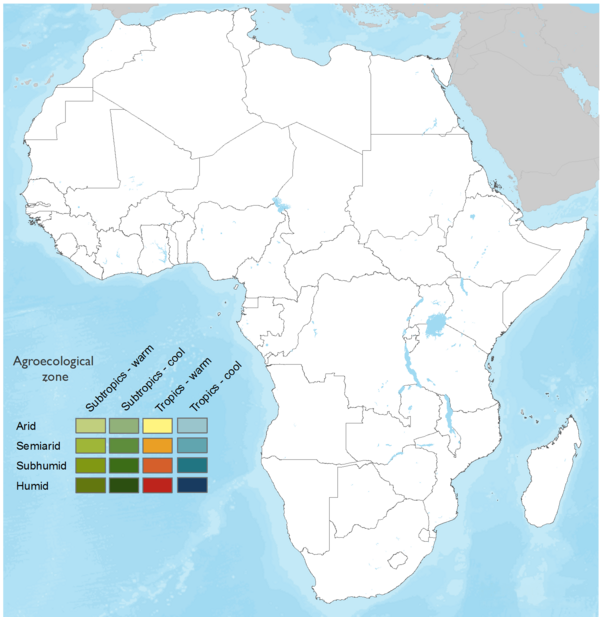








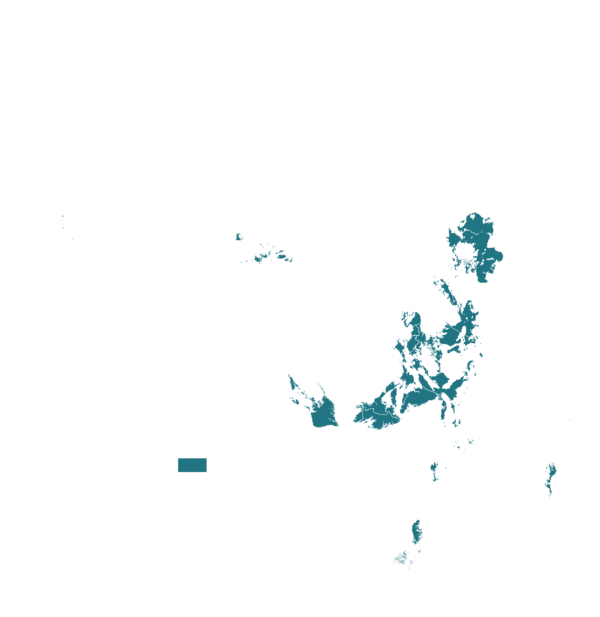

| AEZ | Subtropic - warm | Subtropic - cool | Tropic - warm | Tropic - cool |
|---|---|---|---|---|
| Arid | – | – | – | – |
| Semiarid | – | – | ||
| Subhumid | ||||
| Humid |
Source: HarvestChoice/IFPRI 2009
The United Nations Sustainable Development Goals that are applicable to this technology.

Its ensures a more stable food supply and protects crops from pests, ultimately contributing to the goal of eradicating hunger.
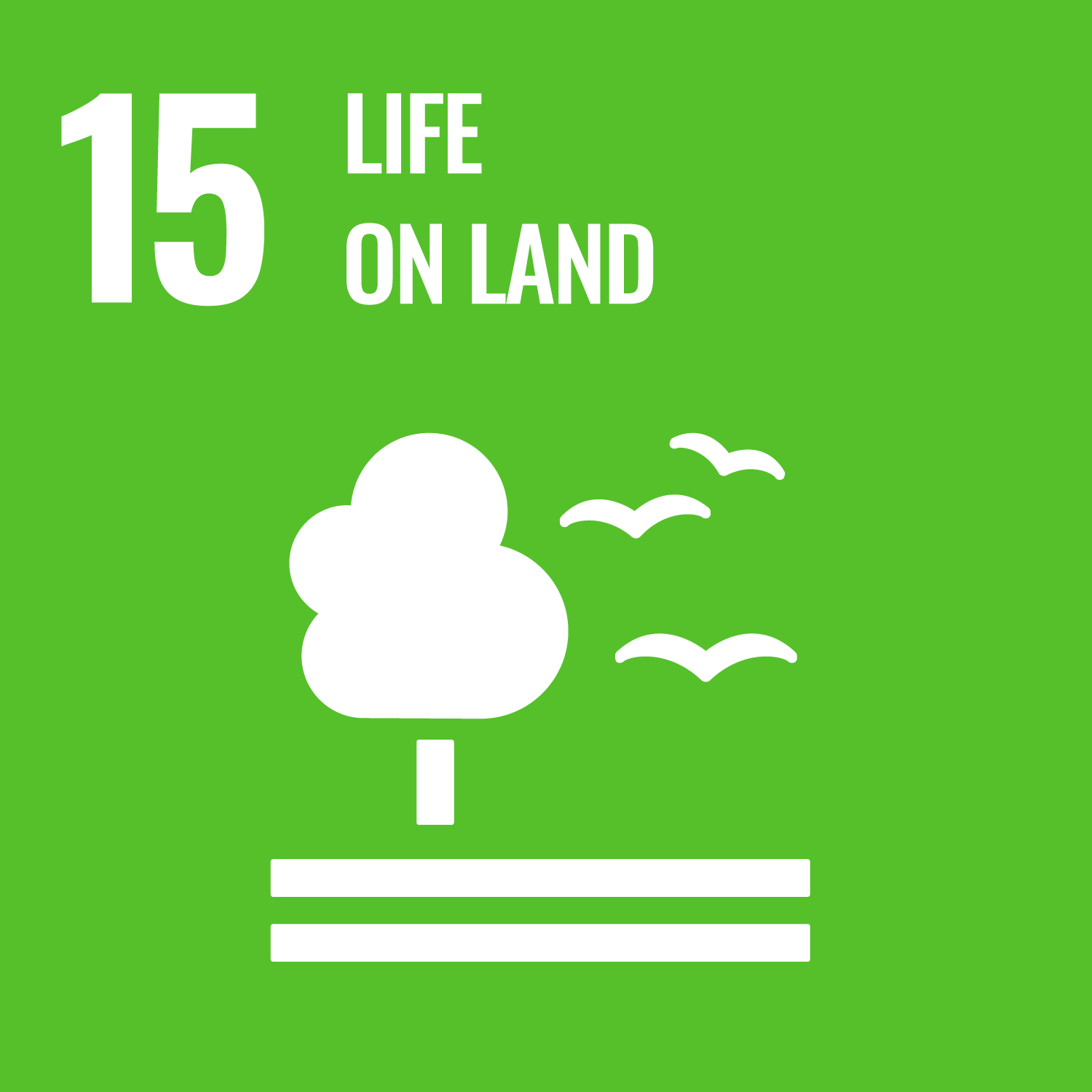
IPM supports biodiversity conservation by enhancing the presence of beneficial organisms and promoting healthier ecosystems.
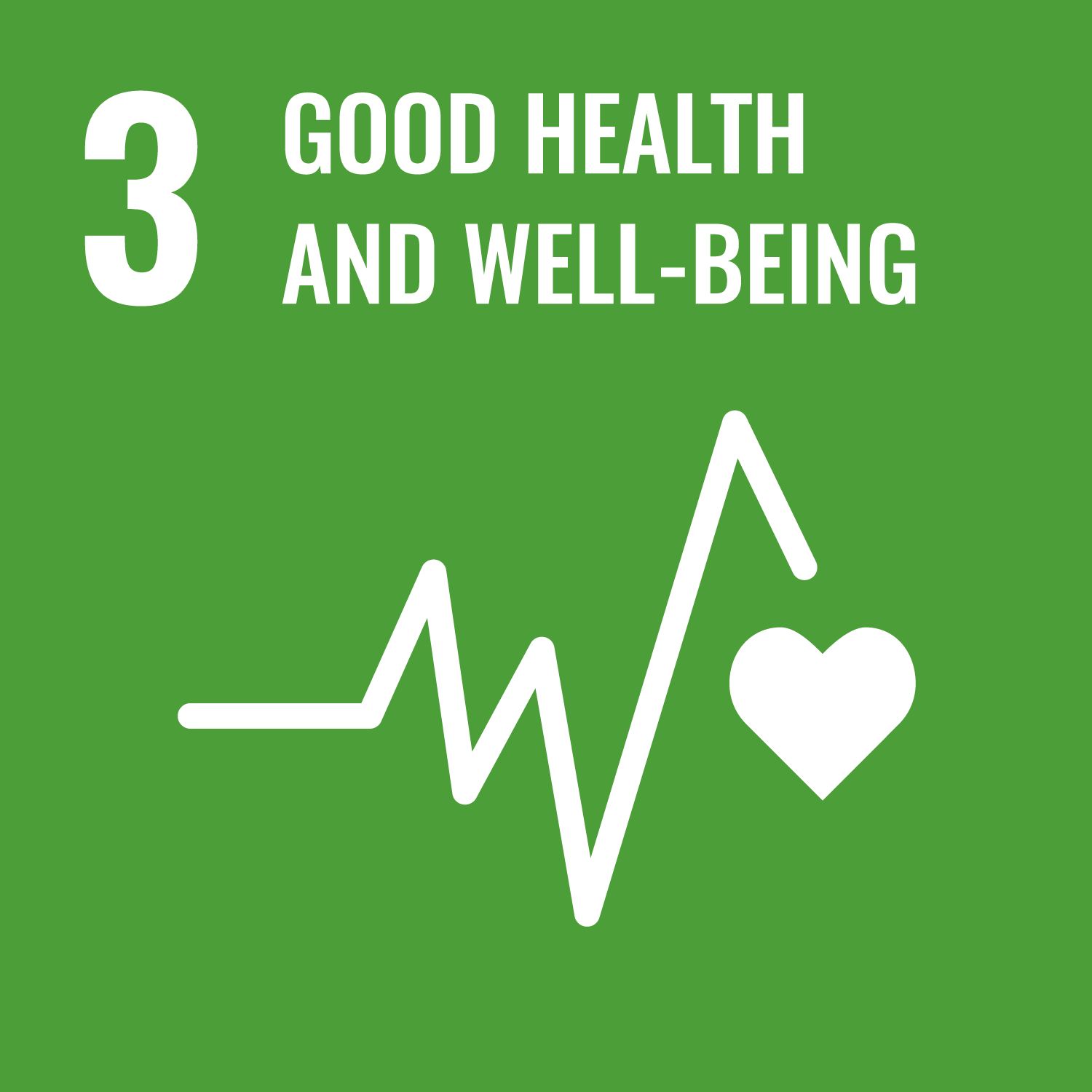
By minimizing the use of harmful pesticides, IPM reduces health risks for farmers, consumers, and surrounding communities
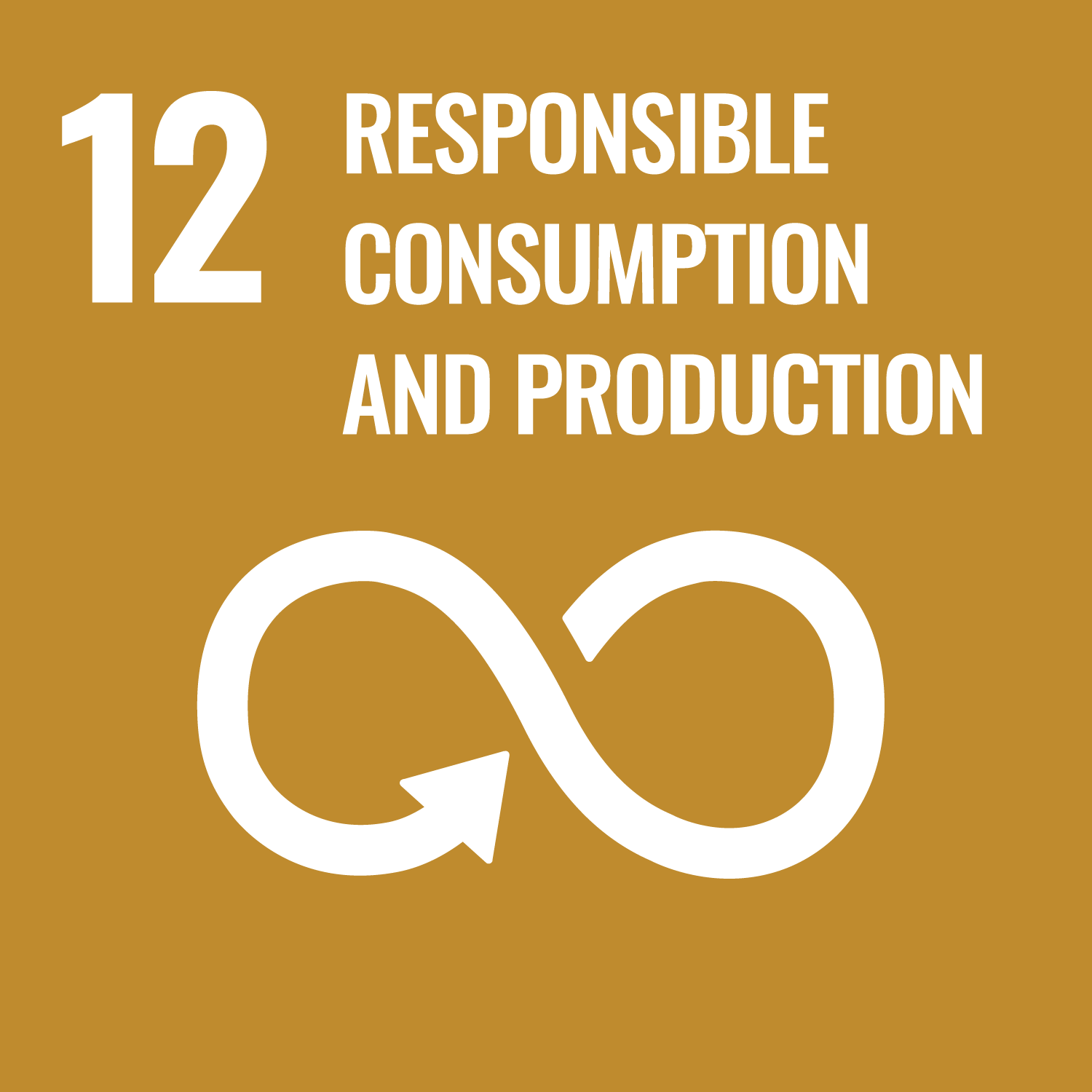
By integrating biological and cultural pest management techniques, IPM supports waste reduction and resource efficiency.
Initial Assessment:
Monitoring Pests:
Weed Inspection:
Insect and Disease Surveys:
Data Analysis:
Threshold Evaluation:
Selecting IPM Measures:
Implementing Measures:
Special Considerations:
Additional Techniques:
Last updated on 28 November 2025